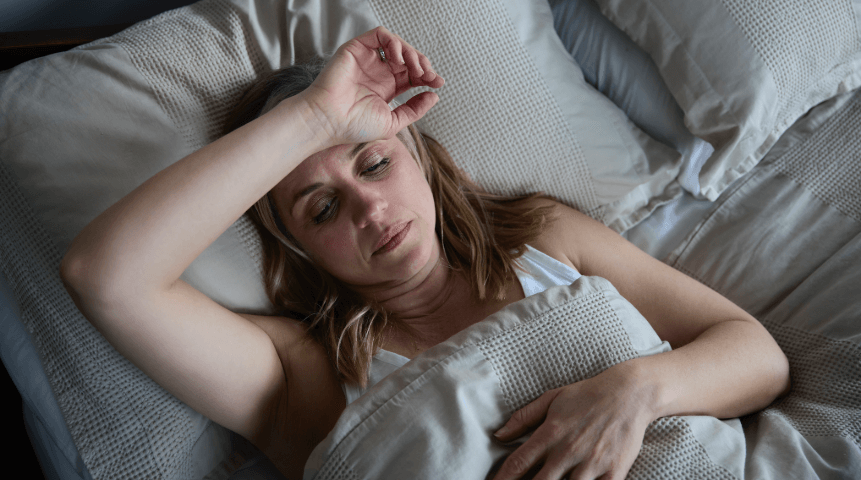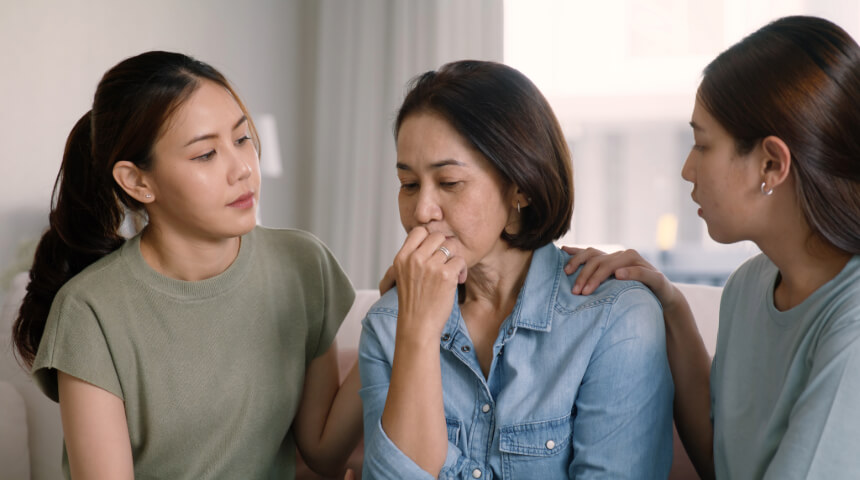Avoid Sunburn with These Tips
Almost all of us have experienced a sunburn at some point in our lives. But getting a sunburn is dangerous because it increases your risk of developing skin cancer — one of the most common types of cancers in the world. One in five Americans will develop skin cancer over the course of their lifetime.
The Stages of Sunburn
Sunburn is actually a radiation burn caused by overexposure to ultraviolet (UV) rays. When you’ve had too much sun, the skin turns red and painful within a few hours. Sunburn symptoms tend to worsen within 24 to 36 hours, and it can take anywhere from days to weeks, depending on the severity of the burn, to feel better.
Sunburns are classified into two degrees:
First-degree sunburn: First-degree sunburns damage only the top layer of skin, the epidermis. Symptoms include red, dry, irritated skin that might be hot to the touch. These burns typically resolve within three to five days.
Second-degree sunburn: Second-degree sunburn penetrates the epidermis and reaches the layer beneath, called the dermis. Symptoms include deep red skin, swelling and blistering, pain and discomfort. You also may experience fever and nausea. Second-degree sunburns take longer to heal and increase your risk of developing skin cancer.
Guidelines for Good Sunscreen
Sunscreen is one of the best ways to protect your skin from sun damage. It helps prevent sunburn and early signs of aging, and it reduces the risk of getting skin cancer. When shopping for a good sunscreen, look for:
● Broad spectrum protection. All sunscreens protect against UVB rays, but those sunscreens only protect against sunburn, not premature aging or skin cancer. “Broad spectrum” sunscreen protects against both UVA and UVB rays, offering the best protection.
● SPF factor. Look for higher sun protection factor (SPF) sunscreens, which offer a higher degree of protection against UV rays. SPF 30 sunscreens filter out approximately 97 percent of UVB rays, whereas SPF 300 protects against 99 percent.
● Water resistant. While no sunscreen is waterproof, water resistant sunscreens last anywhere from 40 to 80 minutes while swimming or sweating. Reapply sunscreen every two hours if you are in the water or playing sports.
Be sure to apply sunscreen to every area of your skin that is exposed to the sun. While the neck, face, arms and legs are most commonly sunburned, many people forget about their feet, lips and ears, which also are vulnerable to sunburn.
The Best “Medicine” Is Prevention
In addition to wearing sunscreen, there are other ways to stay “sun safe” and protect your skin from sun damage, including:
● Protective clothing. When you’re out in the sun, wear a wide-brimmed hat and as much clothing as you comfortably can to protect as much skin as possible. Consider clothing with integrated UV protection during prolonged sun exposure.
● Wear sunglasses. Sunglasses should be used to protect your eyes from sun damage. Look for sunglasses that block both UVA and UVB rays.
● Spend time in the shade. Limit direct exposure to the sun, particularly between 10:00 am and 4:00 pm, when UV rays are the strongest.
● Skin checks. Get to know your skin so you can be aware of any changes. Look for new moles, bumps, scaly spots or patches of discoloration. Talk to your doctor if you notice any sudden changes.
● Sunburns can happen year-round. Many people assume that wintertime means they don’t need to wear sunscreen, particularly in colder climates. But sunburns can occur even while engaging in winter sports like skiing, so wear sunscreen year round, no matter where you live.
When to See a Doctor for Sunburn
Most sunburns do not require medical attention. See your doctor for sunburn treatment if:
● The sunburn has blisters and/or covers a large portion of your body.
● You have a fever, headache, severe pain, dehydration, nausea or chills with the sunburn.
● You’ve developed a skin infection — swelling, pus, red-streaks — after a sunburn.
Your doctor may prescribe topical cream or a short course of oral steroids to reduce inflammation and pain caused by the sunburn.
Choose to Stay in Touch
Sign up to receive the latest health news and trends, wellness & prevention tips, and much more from Orlando Health.
Sign Up










